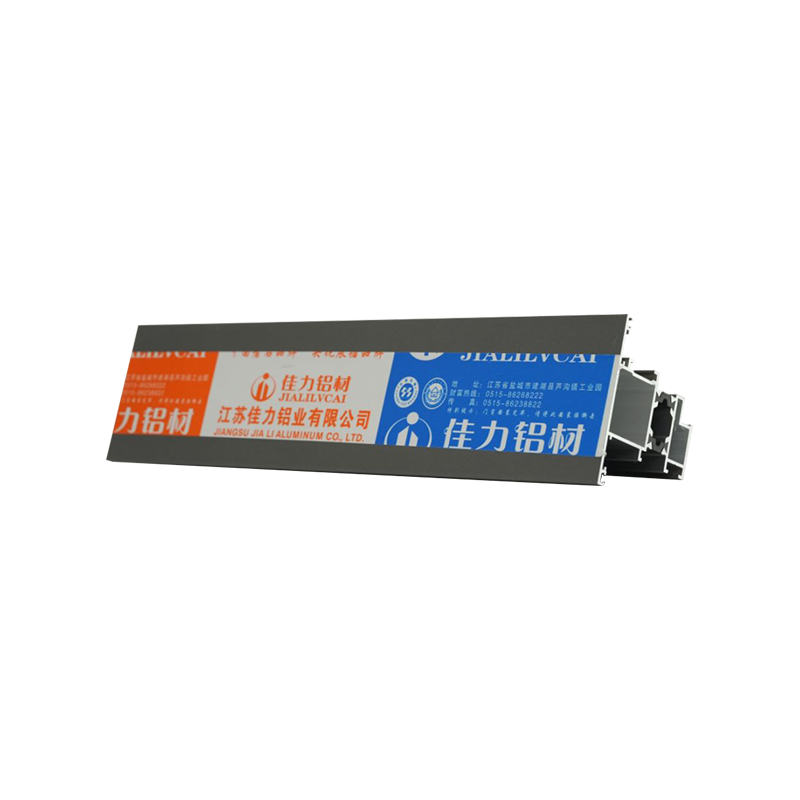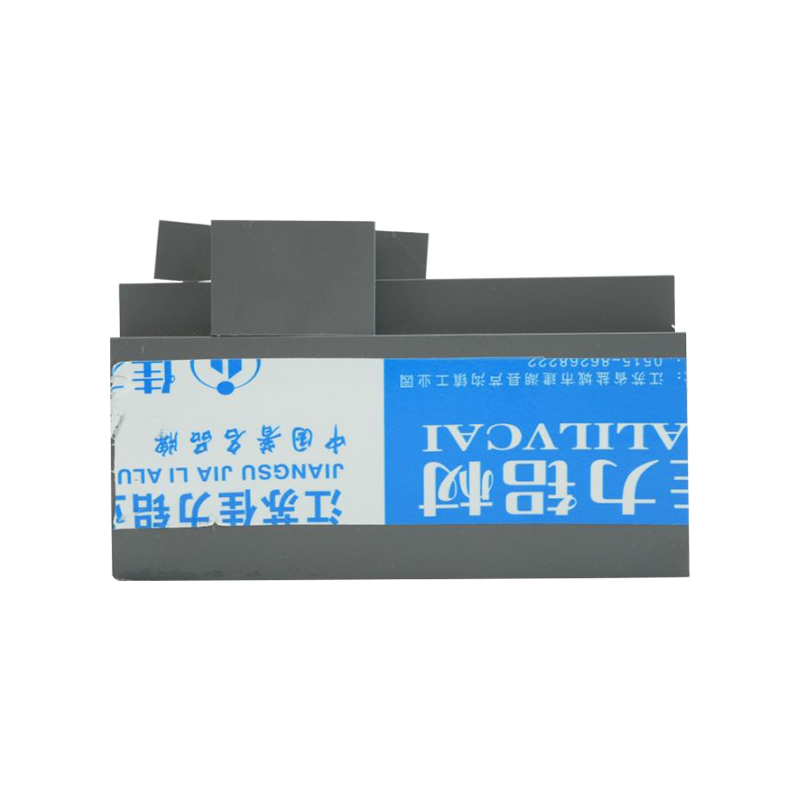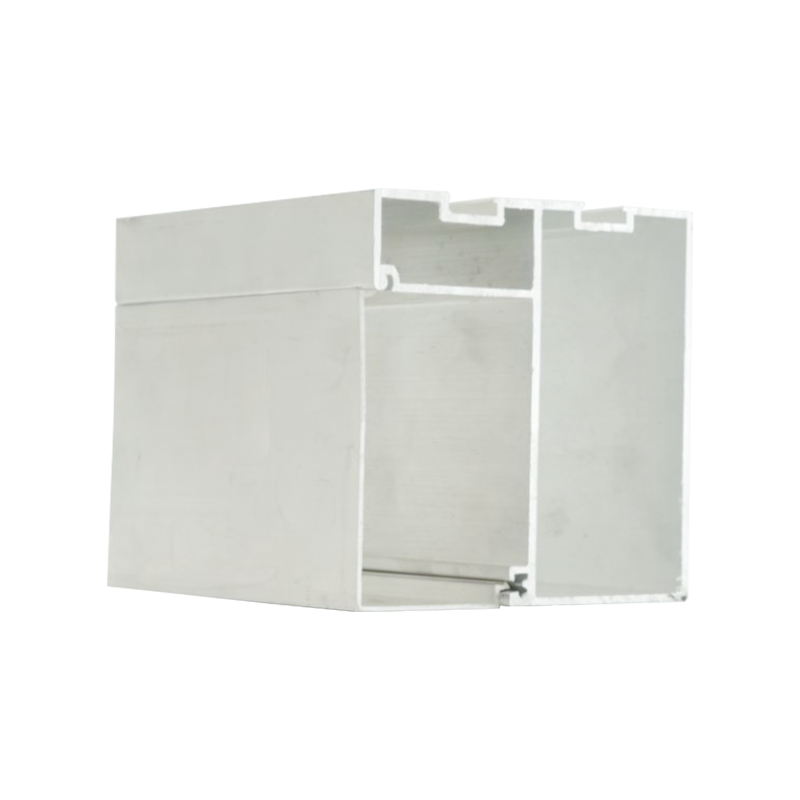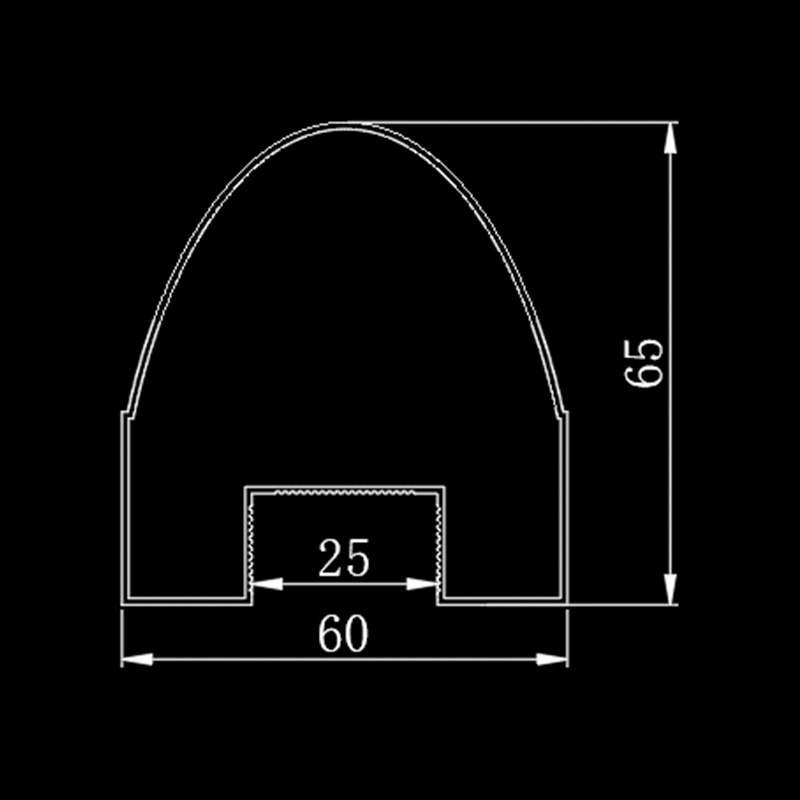Introduction: The Critical Role of Aluminum Alloys in Modern Architecture
In the realm of contemporary architectural design, the creation of seamless transitions between interior and exterior spaces is a paramount goal. This objective is largely facilitated by the use of advanced opening systems, among which the telescopic door stands out for its unique combination of expansive views and space-saving functionality. At the heart of every high-performance telescopic door system lies a component of fundamental importance: the telescopic door aluminum profile. This component is not merely a piece of metal; it is a precisely engineered element that dictates the door’s structural integrity, operational smoothness, and long-term durability. The performance of these profiles is intrinsically linked to the specific aluminum alloy from which they are extruded. Selecting the appropriate alloy is not a matter of arbitrary choice but a critical engineering decision that influences everything from the material’s resistance to corrosion in coastal environments to its ability to bear heavy glass panels without deformation.
The Fundamentals of Aluminum Alloy Designations
To comprehend which alloy is best suited for a telescopic door aluminum profile, one must first understand the basic language of aluminum alloy designations. Aluminum is rarely used in its pure form for structural applications due to its relative softness. Instead, it is alloyed with other elements to enhance its mechanical properties. The most widely recognized classification system is the one developed by The Aluminum Association, which uses a four-digit numerical system to identify wrought aluminum alloys.
The first digit of this four-digit series signifies the alloy’s major alloying element. For instance, alloys beginning with a 6 are part of the magnesium-silicon family, which is of paramount importance to the extrusion industry and, by extension, to the production of architectural aluminum profiles. This is because the 6xxx series offers an exceptional balance between strength, corrosion resistance, and extrudability. The subsequent digits in the designation further specify the exact composition of the alloy, with the last digit typically indicating the alloy’s variant or impurity limits. A further critical aspect of the specification is the temper, which describes the mechanical properties achieved through thermal and/or mechanical processing. Common tempers include T4 (solution heat-treated and naturally aged) and T5 (cooled from an elevated temperature shaping process and then artificially aged) or T6 (solution heat-treated and artificially aged), each resulting in different strength characteristics. For a telescopic door aluminum profile, the temper directly influences the profile’s yield strength and its ability to resist permanent bending under load.
A Deep Dive into the 6063 and 6061 Alloys
Within the 6xxx series, two alloys emerge as the primary contenders for the manufacture of a high-quality telescopic door aluminum profile: Alloy 6063 and Alloy 6061. While they share the same major alloying elements, their differing proportions of magnesium and silicon lead to distinct performance profiles, making each suitable for different applications within the telescopic door market.
Alloy 6063: The Extrusion Specialist
Often referred to as the “architectural alloy,” 6063 is arguably the most common choice for a standard telescopic door aluminum profile. Its primary advantage lies in its superb extrudability. It can be pushed through a die to create complex, thin-walled, and aesthetically refined shapes with an excellent surface finish. This is a crucial factor for telescopic doors, where profiles often incorporate multiple internal channels for thermal breaks, drainage, and hardware attachment. The smooth surface finish of 6063 is ideal for applying high-quality anodized or powder-coated finishes, a key buyer requirement for achieving a desired architectural aesthetic. In terms of mechanical properties, 6063 offers good strength, though it is generally lower than that of 6061. However, for the vast majority of residential and light-commercial telescopic door applications, the strength provided by 6063 in the T5 or T6 temper is entirely sufficient to support the weight of double- or triple-glazed glass panels and withstand typical wind loads. Its corrosion resistance is very good, making it a reliable choice for most environmental conditions.
Alloy 6061: The Structural Workhorse
Alloy 6061 is characterized by its higher strength and toughness, attributes derived from its specific chemical composition. It is often selected for applications where structural demands are more rigorous. For a telescopic door aluminum profile, this would typically apply to larger, more heavy-duty commercial systems, doors in high-wind load areas, or situations where the profile itself is designed to be particularly slender yet must resist significant stress. While 6061 can be extruded, it does not flow through the die as easily as 6063, which can limit the complexity of the shapes that can be produced and may result in a slightly less pristine surface finish. This is a trade-off that must be considered. Therefore, 6061 is the preferred alloy when the primary design driver is maximum structural integrity, even if it comes at a slight cost to geometric complexity or surface perfection. It is commonly found in the T6 temper, which provides its highest strength.
The following table provides a direct comparison of these two pivotal alloys in the context of a telescopic door aluminum profile:
| Feature | Alloy 6063 | Alloy 6061 |
|---|---|---|
| Primary Use | Standard architectural extrusions; most common for residential and commercial telescopic door aluminum profile systems. | High-stress structural applications; used for heavy-duty or large-span telescopic door aluminum profile systems. |
| Extrudability | Excellent. Allows for complex, thin-walled, and intricate profile designs. | Good, but less than 6063. More suited to less complex, thicker-walled profiles. |
| Surface Finish | Superior, ideal for high-quality anodizing and powder coating. | Good, but may not achieve the same level of perfection as 6063. |
| Strength | Good (typically 30-35 ksi tensile strength in T6 temper). Suitable for most standard applications. | High (typically 45 ksi tensile strength in T6 temper). Necessary for demanding structural applications. |
| Corrosion Resistance | Very Good | Very Good |
| Typical Temper | T5, T6 | T6 |
The Importance of the 6xxx Series for Telescopic Systems
The dominance of the 6xxx series, particularly 6063 and 6061, in the manufacturing of a telescopic door aluminum profile is not accidental. It is the result of a confluence of properties that align perfectly with the demanding performance criteria of these sophisticated door systems. One of the most critical properties is corrosion resistance. Telescopic doors, by their very nature, are often installed as large openings to the exterior and are therefore continuously exposed to the elements. The 6xxx series alloys possess a natural oxide layer that, when intact, provides robust protection against atmospheric corrosion. This inherent resistance can be significantly enhanced through surface treatments like anodizing or powder coating, which are standard for a high-quality telescopic door aluminum profile. This ensures the long-term aesthetic and structural integrity of the door, even in harsh environments, which is a primary concern for both manufacturers and buyers.
Furthermore, the optimal balance between strength and weight offered by these alloys is essential. A telescopic door system comprises multiple stacked panels that must glide smoothly along a track. The weight of each panel, determined largely by the aluminum profile frame, must be managed to ensure effortless operation without compromising rigidity. The 6xxx series provides a high strength-to-weight ratio, allowing for profiles that are strong enough to resist deflection under load yet light enough to facilitate smooth mechanical function. This balance is crucial for smooth operation, a key user search term and a fundamental expectation for any telescopic door. The ability of these alloys to be thermally treated to various tempers allows manufacturers to fine-tune the mechanical properties of the telescopic door aluminum profile to meet specific performance benchmarks, ensuring reliability and longevity.
Specialized Alloys and Considerations for Demanding Applications
While 6063 and 6061 cover the vast majority of applications, certain demanding scenarios may necessitate the consideration of other alloys. For instance, in marine or industrial environments with exceptionally high levels of chloride or pollutants, an alloy from the 5xxx series might be considered for certain components. Alloys like 5052 or 5083 offer outstanding corrosion resistance, particularly to saltwater, due to their high magnesium content. However, they are not as easily extruded as the 6xxx series and are more commonly used in sheet or plate form. It is therefore uncommon to find an entire telescopic door aluminum profile made from a 5xxx series alloy, but they may be used for specific brackets or hardware components within the overall system.
Another consideration is the pursuit of ultimate strength without a significant increase in profile dimensions. In such cases, a 7005 or 7003 alloy may be employed. These are 7xxx series alloys that are weldable and offer strengths surpassing even 6061. They are typically used in highly specialized, high-performance applications where cost is a secondary factor to structural performance. However, their general corrosion resistance is lower than that of the 6xxx series, making a high-quality, durable surface treatment an absolute necessity. For the general market, the 6xxx series remains the unequivocal standard due to its all-around performance and cost-effectiveness.
The Synergy Between Alloy Selection and Profile Design
The choice of aluminum alloy cannot be divorced from the design of the telescopic door aluminum profile itself. The two elements work in synergy to define the final product’s performance. A well-designed profile made from an inferior alloy will fail, just as a poorly designed profile made from a superior alloy will be inefficient. The alloy’s properties directly influence design possibilities. The excellent extrudability of 6063, for example, allows engineers to design profiles with integrated thermal break technology. This involves creating a profile that is essentially two separate aluminum sections held together by a polyamide bar, which disrupts thermal conductivity. The ability to extrude the complex shapes required for this system is a direct function of using a highly extrudable alloy like 6063.
Similarly, the design of the roller tracks, sealing grooves, and glazing channels within the profile must account for the mechanical properties of the chosen alloy. The hardness and wear resistance of the alloy in its final temper will affect the long-term performance of the tracks where the rollers bear the door’s weight. The stiffness of the alloy will determine how deep a glazing channel can be without risking deformation when a heavy glass unit is installed and the system is subjected to wind load. Therefore, when evaluating a telescopic door aluminum profile, it is imperative to view the alloy and the design as an integrated system, where each informs and enables the other to achieve the desired outcome of durability, efficiency, and smooth function.
Conclusion: Making an Informed Choice for Your Project
In conclusion, the question of which aluminum alloy is best for a telescopic door aluminum profile does not have a single, universal answer. The optimal selection is a strategic decision based on a clear understanding of the project’s specific requirements. For the majority of applications, encompassing most residential and standard commercial installations, Alloy 6063 stands as the preferred choice. Its exceptional extrudability enables the complex geometries required for modern, high-performance systems, while its excellent surface finish and more than adequate strength meet the demands of everyday use. Its balance of properties makes it the most versatile and widely used alloy for this purpose.
However, for projects where the structural demands are paramount—such as in doors of exceptional size, in regions prone to extreme weather and high wind loads, or in applications where profile dimensions are minimized for aesthetic reasons—Alloy 6061 presents a compelling alternative. Its higher strength provides an added margin of safety and performance, justifying its use despite its slightly lower extrudability and potential cost premium. The fundamental takeaway for wholesalers, buyers, and specifiers is that a reputable manufacturer will consciously select the alloy based on the performance profile of the door system they are producing. Understanding the distinction between 6063 and 6061, and the rationale behind their application, empowers stakeholders to ask the right questions, assess product quality more effectively, and ultimately select a telescopic door aluminum profile system that delivers on its promises of performance, durability, and aesthetic appeal for years to come. This knowledge transforms the specification process from a simple material selection into an informed engineering decision.

 ENG
ENG
 English
English русский
русский 中文简体
中文简体 Español
Español bahasa Indonesia
bahasa Indonesia






